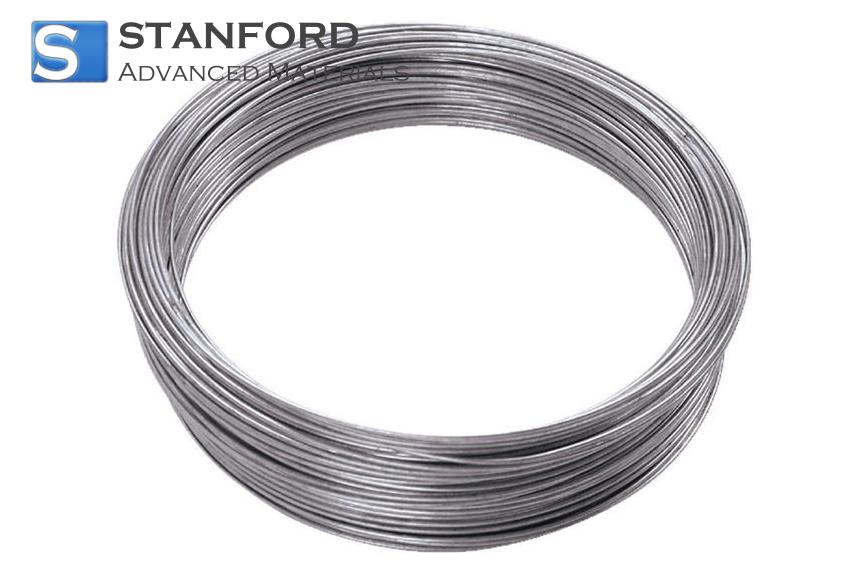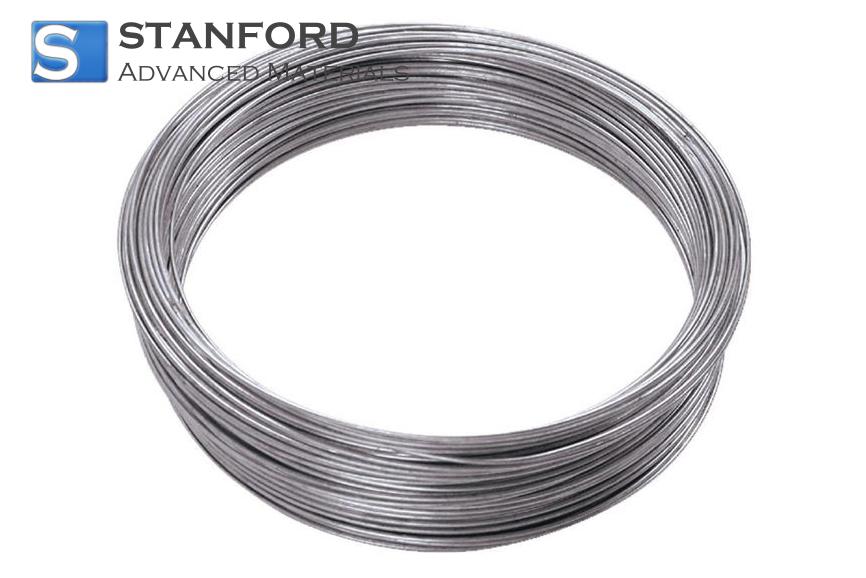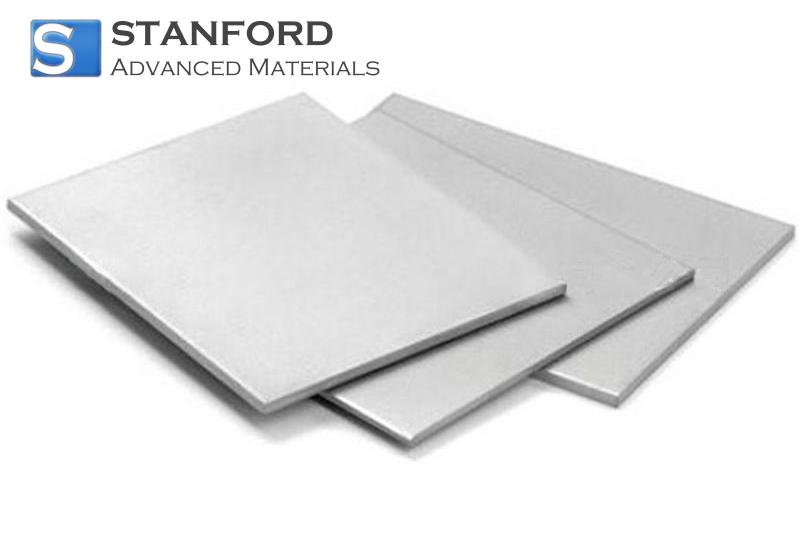Boron Carbide Powder for Abrasives and Cutting Tools
Introduction
Few industrial materials are as strong, durable, and precise as boron carbide powder. Referring to one of the hardest substances on planet Earth—after diamond and cubic boron nitride only—this black, gritty powder humbly fuels some of manufacturing and engineering's most demanding applications.
But what makes boron carbide unique in abrasives and cutting tools? Let's take a closer look.
What Is so Special about Boron Carbide?
Boron carbide (chemical formula B₄C) is a ceramic material with an impressive array of physical properties:
• Hardness – It has a hardness of approximately 9.5 on the Mohs scale, which makes it ideal for grinding, cutting, and polishing the hardest surfaces.
• Lightweight – Although boron carbide is hard, it is incredibly light, and this is a significant advantage when tool weight is a concern.
• Heat resistance – It retains its shape even at temperatures over 1 000°C.
• Chemical inertness – Resistant to acids and aggressive chemicals, so it survives longer under tough conditions.
These are the reasons why boron carbide powder is a first-line material in high-performance abrasives and cutting tools.
Shaping the Unshapable: Abrasive Applications
Whether polishing a sapphire lens or grinding a hard alloy, boron carbide powder is often the first choice for abrasive machining. Here's why and how:
--Lapping and Polishing
For applications in optics, electronics, and semiconductors, ultra-smooth surfaces are essential. Boron carbide powder is mixed with liquid to create a slurry that polishes surfaces to micron-level precision—perfect for glass, ceramics, or even silicon wafer finishing.
--Grinding Wheels and Belts
When used in grinding wheels or abrasive belts, boron carbide can readily cut through tungsten carbide, ceramics, or steel. It wears very slowly, maintains its sharp edges, and cuts evenly under pressure.
--Sandblasting and Surface Prep
Boron carbide is also used as a blasting medium for material cleaning, etching, or preparing hard materials before coating or welding. It effectively strips material without degrading too quickly, compared to softer media.
Cutting Tools
Boron carbide is utilised not only in shaping and smoothing. It also has applications in tools required to cut with precision and durability.
--Wire Sawing
Boron carbide particles are embedded into thin wires utilised to cut hard but fragile materials like sapphire or silicon in the solar and electronics industries. The saws reduce waste and provide clean, precise cuts.
--Water Jet Nozzles
Boron carbide nozzles are essential components within water jet cutting systems. The nozzles withstand continuous impact from high-velocity abrasive particles, and due to the hardness and chemical resistance of boron carbide, they last longer compared to other alternatives such as tungsten carbide.
--Saw Blades and Cutting Discs
In cutters employed to cut ceramics, stone, or composites, boron carbide extends blade life and keeps them sharp. To the construction and aerospace sectors, this translates into considerable cost savings and efficiency.
Why Use Boron Carbide rather than Traditional Abrasives?
You might wonder why not just stick with tried-and-true materials such as silicon carbide or aluminium oxide. The answer is based on performance:
• Increased speed of cutting and grinding – Boron carbide cuts more effectively.
• Lower wear rates – Equipment lasts longer, reducing downtime and costs.
• Consistent performance in challenging conditions – Heat, pressure, chemicals – boron carbide achieves the desired outcome when others fail.
In summary, it is not a matter of making it happen—it is how to make it happen more efficiently.
Innovation on the Horizon
The development of boron carbide is ongoing. Engineers and scientists are exploring new methods to grow and utilise it:
• Sub-micron and nano powders offer even smoother finishes for delicate pieces.
• Composite materials mix boron carbide with polymers or metals to create hybrid tools with specific performance traits.
• Coated particles create greater adhesion in newer manufacturing technologies, which offers new possibilities for specialist tools and custom abrasives.
Final Thoughts
Boron carbide powder may not be widely known, but its influence on contemporary industry is significant. Whether it is polishing a precision lens, slicing through a ceramic tile, or extending the life of a water jet nozzle, boron carbide is working behind the scenes to build our world with strength and accuracy. As industries continue to seek quicker, cleaner, and harder solutions, boron carbide will be a reliable—and essential—component in the advanced manufacturing toolbox. For more ceramic materials, please check Stanford Advanced Materials (SAM).

 Bars
Bars
 Beads & Spheres
Beads & Spheres
 Bolts & Nuts
Bolts & Nuts
 Crucibles
Crucibles
 Discs
Discs
 Fibers & Fabrics
Fibers & Fabrics
 Films
Films
 Flake
Flake
 Foams
Foams
 Foil
Foil
 Granules
Granules
 Honeycombs
Honeycombs
 Ink
Ink
 Laminate
Laminate
 Lumps
Lumps
 Meshes
Meshes
 Metallised Film
Metallised Film
 Plate
Plate
 Powders
Powders
 Rod
Rod
 Sheets
Sheets
 Single Crystals
Single Crystals
 Sputtering Target
Sputtering Target
 Tubes
Tubes
 Washer
Washer
 Wires
Wires
 Converters & Calculators
Converters & Calculators
 Write for Us
Write for Us



 Chin Trento
Chin Trento


